ADHD: Why You Should Exercise
Posted on July 7, 2014 by Debra Burdick
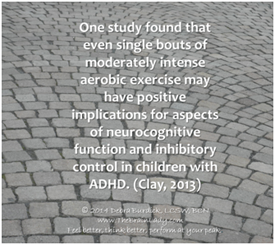 As adults with ADHD or parents of children with ADHD we are always trying to find things that decrease ADHD symptoms and improve our ability to succeed. Something that is often overlooked is the benefit of physical exercise for adults and children alike. Research shows that there is a direct correlation between the amount of exercise a child gets and the severity of their ADHD symptoms. One study found that single bouts of moderately intense aerobic exercise may have positive implications for aspects of neurocognitive function and inhibitory control in children with ADHD. (Clay, 2013) Daniel Amen, a psychiatrist and author who specializes in treating ADHD, states that “exercise is the single most important things we can do to keep our neurons healthy over time.” And neuroscience research shows that exercise helps to maintain the length of the telomeres on the ends of our DNA – which tend to shorten as we age.
As adults with ADHD or parents of children with ADHD we are always trying to find things that decrease ADHD symptoms and improve our ability to succeed. Something that is often overlooked is the benefit of physical exercise for adults and children alike. Research shows that there is a direct correlation between the amount of exercise a child gets and the severity of their ADHD symptoms. One study found that single bouts of moderately intense aerobic exercise may have positive implications for aspects of neurocognitive function and inhibitory control in children with ADHD. (Clay, 2013) Daniel Amen, a psychiatrist and author who specializes in treating ADHD, states that “exercise is the single most important things we can do to keep our neurons healthy over time.” And neuroscience research shows that exercise helps to maintain the length of the telomeres on the ends of our DNA – which tend to shorten as we age.
Why does exercise help ADHD? Exercise helps the brain by increasing the neurotransmitters dopamine and norepinephrine—both of which play leading roles in regulating the attention system. Exercise raises the baseline levels of dopamine and norepinephrine by spurring the growth of new receptors in certain brain areas. (Ratey, 2008) So exercise actually changes the brain!
Now that you know that exercise is important for helping ADHD symptoms maybe it’s time to take a closer look at how to reap the benefits of exercise. Start by setting an intention to add regular exercise into your schedule. Recently I rode my bicycle 11 miles on a rail trail here in NY. The next day I enjoyed the day as I went kayaking on the Hudson River and Moodna creek. Typically I work out several times a week including bicycling, free weights, weight machines, walking, and the elliptical machine. I plan ahead each week to schedule when I will have time to exercise, even when I’m travelling. Although it doesn’t always happen as regularly as I would like, just setting the intention and keeping track of my progress really helps.
Look at what exercise is already taking place. Perhaps you or your child are already involved in a team sport, or you walk at lunch time, or your child jumps on the trampoline every afternoon. Add up how much aerobic exercise is actually taking place.
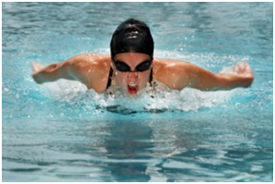 Think about things you or your child enjoy doing or might be interested in learning. What did you enjoy doing as a child? I loved to ride my bike and I still do. What does your child do already and what have they showed an interest in doing? Is there some way to exercise with your child?
Think about things you or your child enjoy doing or might be interested in learning. What did you enjoy doing as a child? I loved to ride my bike and I still do. What does your child do already and what have they showed an interest in doing? Is there some way to exercise with your child?
Plan on exercising for at least 30 minutes 3-4 times per week. Although even single bouts of exercise can boost brain power, regular exercise works even better. Think about it. Our bodies are designed to move and so much of today’s daily life is spent sitting at a desk, or in front of a screen of some kind (TV, computer, smartphones, tablets, etc.) Our brains and our ability to focus and sit still will benefit from a regular exercise schedule.
Make sure the activity actually provides enough exercise. Team sports are a great idea but often do not provide enough regular aerobic exercise. Picture you or your child sitting on the bench waiting your turn to hit the baseball or softball. Not much exercise is happening there. Choose more active sports such as running, swimming, bicycling, dancing or a team sport that really does keep you moving.
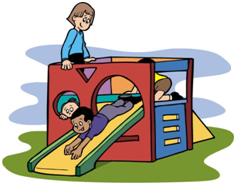 Don’t allow the teacher to keep your child in during recess. It is pretty common for kids with ADHD to get behind and teachers will often ask the child to catch up on their work instead of going outside for recess. This is a big mistake. Studies are clear that their schoolwork will benefit from a break, getting some exercise, and even better if they can get outside in nature.
Don’t allow the teacher to keep your child in during recess. It is pretty common for kids with ADHD to get behind and teachers will often ask the child to catch up on their work instead of going outside for recess. This is a big mistake. Studies are clear that their schoolwork will benefit from a break, getting some exercise, and even better if they can get outside in nature.
Don’t forget to take a break periodically throughout your day. Even if you are struggling to get a project done on time, you might finish it faster if you take time to stretch, take a walk, or go for a run. This will clear your mind and help you focus.
 Put exercise on your schedule. Once you have determined what kind(s) of exercise will work best for you or your child, put it on your calendar and do it. If you leave it for “when you have time” it probably won’t happen.
Put exercise on your schedule. Once you have determined what kind(s) of exercise will work best for you or your child, put it on your calendar and do it. If you leave it for “when you have time” it probably won’t happen.
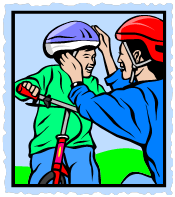 Caution! Wear a helmet. For any exercise that involves the risk of head injury, please be sure to wear a helmet. That includes you and your child. Head injury can cause symptoms that look like ADHD and can make ADHD symptoms worse. So protect your brain and use a helmet for bicycling, skateboarding, skiing, riding a scooter, football, horseback riding, baseball, etc. And consider avoiding sports that have a high risk of head injury.
Caution! Wear a helmet. For any exercise that involves the risk of head injury, please be sure to wear a helmet. That includes you and your child. Head injury can cause symptoms that look like ADHD and can make ADHD symptoms worse. So protect your brain and use a helmet for bicycling, skateboarding, skiing, riding a scooter, football, horseback riding, baseball, etc. And consider avoiding sports that have a high risk of head injury.
I would love to hear your personal experiences with this topic.
Categories: ADHD, Parenting, Peak Performance, Self Regulation

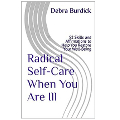
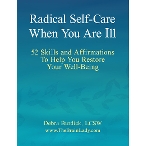
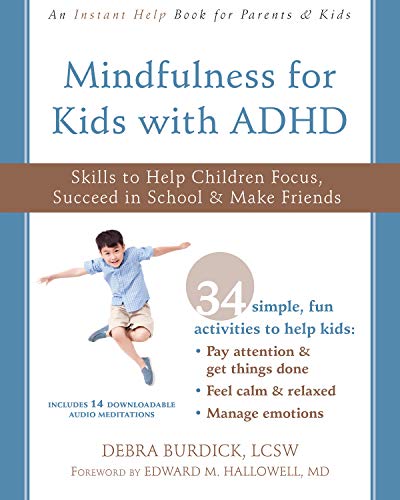
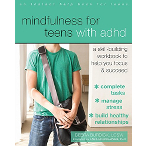
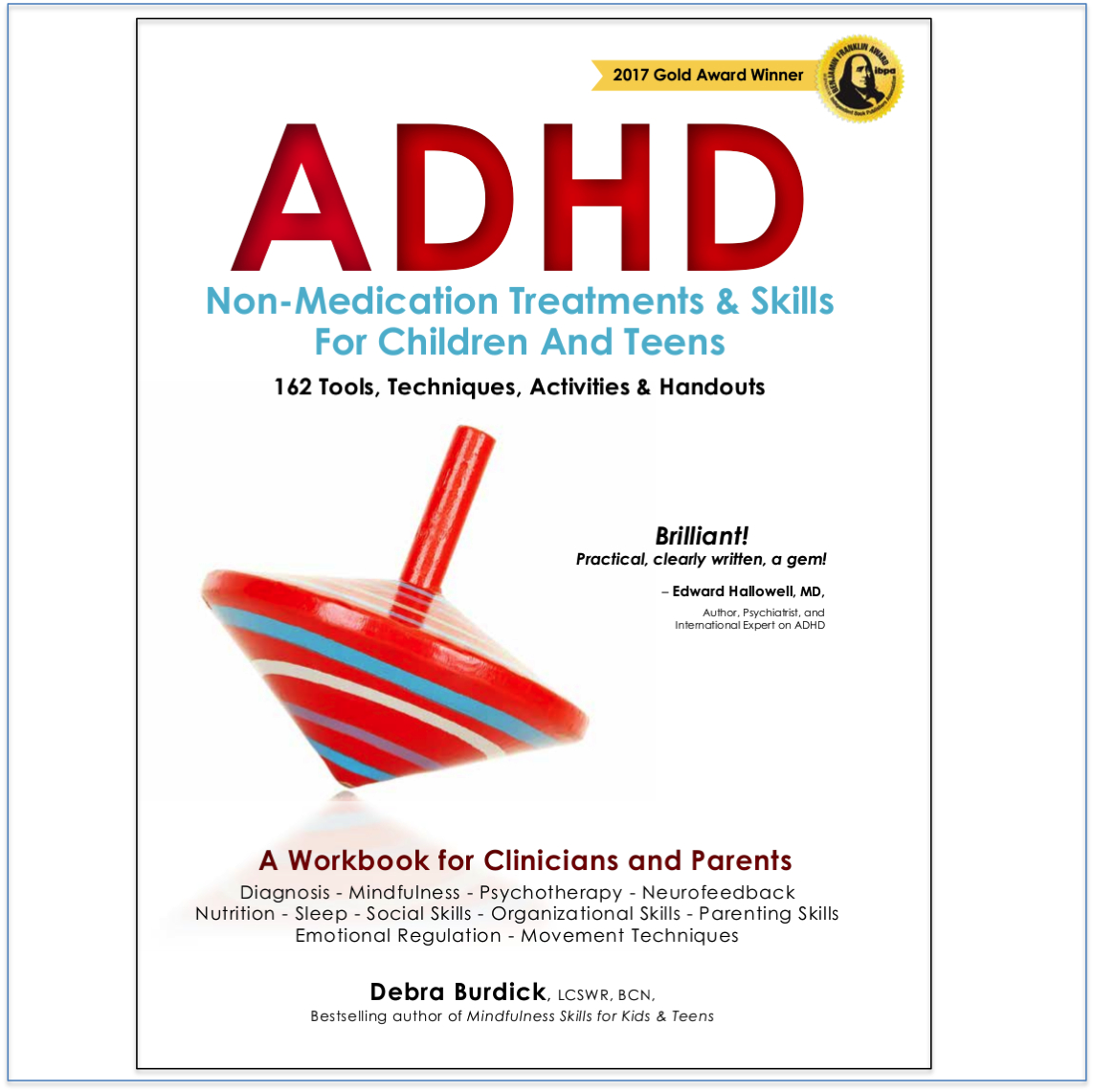
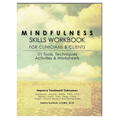
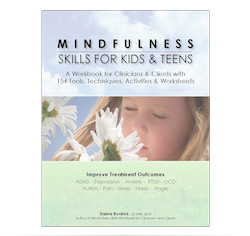
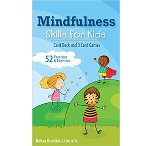
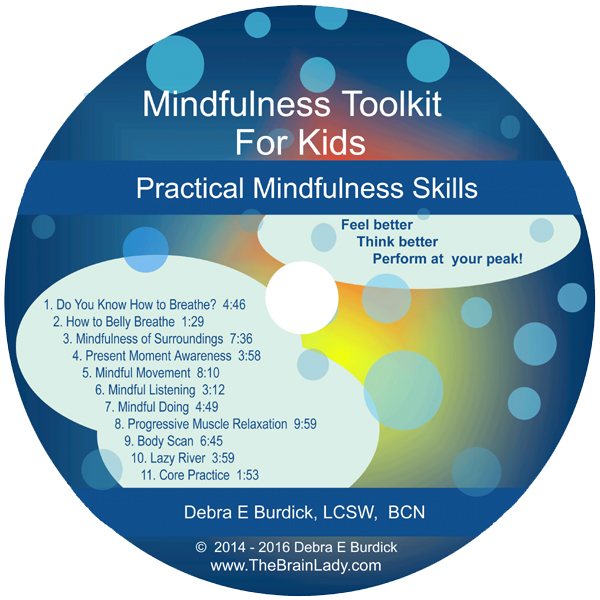
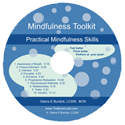
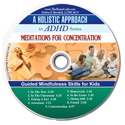
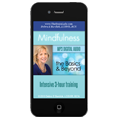
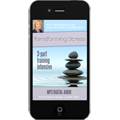
No comments yet. You should be kind and add one!
The comments are closed.